BLOG
Yo-Zuri Pro-Staff Brandon Cobb breaks down his Top 4 Finish at the BASS Elite Series event on Eufaula
• What was your plan coming into the tournament and did go as planned?
When it comes to tournament bass fishing you usually need to keep a completely open mind when going to a lake you are not familiar with. It is very hard to have a completely accurate theory on what the fish will be doing. With that being said, I knew this would be a primarily offshore tournament. So, I put all my eggs in one basket and devoted my entire practice to graphing for offshore fish. I found quite a few schools of fish and brush piles. The strange thing about the schools of bass at Lake Eufaula was their tendency to move. On most lakes I’m used to fishing offshore schools of fish they are always there; they just may not bite. On Eufaula, I had to idle the same spot 3-5 times a day and the fish would randomly be there at some point. I felt like I had a solid plan going into the tournament. After Idling for 30+ hours in the 3 days of practice I marked 9 schools of fish and nearly 100 brush piles. My plan in the tournament was to cover as much water as possible and make just a few casts to each key piece of structure.
• What was your pattern the first three days?
The fishing pressure during the tournament definitely repositioned the fish. Lake Eufaula had been highly pressured not just from our tournament but also the Toyota Series tournament the week before. The First two days of competition, I was able to rely heavily on the large offshore schools of bass I located. It was very challenging to get my timing and positioning right on these schools. I knew from practice the areas these fish would pull up on the ledges and feed but they would position differently every day. I had to idle with my Lowrance over every place to see where they were positioned at that exact moment.
I would mark the fish then be able to catch a few in a row before the school broke up and I had to find them again. Sometimes the ledge would have 5 fish and sometimes it would be 50+. It was just a timing thing. As the tournament progressed into days 3 and 4 the ledge fish became too pressured, so I shifted to more of a brush pile game. I would run as many brush piles as I could. The brush piles were solid fish but the bite was very slow. I usually only caught one or two fish before having to move to another pile.
• How did the weather change going into day 4 and how did that change your approach?
The final day of the tournament started very slowly for me. I fished many of my ledges and brush piles with limited success in the morning. However, around midday the weather the wind picked up somewhat to cause a little current to start moving through the lake. I decided to make a move back through the string of my most productive brush piles. The conditions had been basically calm for the past days. During the calm conditions I relied mostly on a more finesse approach with a worm and swimbait.
Worm setup
Reel: Abu Garcia STX Revo 7.3:1
Rod: Ark Rods Prototype Brandon Cobb Signature Rod 7’4″ MH
Line: 16 lb Top Knot Flouro
Bait: Zoom Mag U-Tale Redbug on a 1/2 oz shaky head
Swimbait Setup
Reel: Abu Garcia STX Revo 7.3:1
Rod: Ark Rods Prototype Brandon Cobb Signature Series 7’4″ MH
Line: 16 lb Top Knot Fluoro
Bait: 1/2 oz greenfish tackle swim jig white with 3.8in Zoom Z-Swim swimbait (white)
Once I noticed the wind causing some water disturbance, I picked up the Yo-Zuri 3DS DD crankbait. I caught 20 lbs in that particular bite window in just a few brush piles. The crankbait excels in conditions with wind, clouds, or current.
• What made you decide to use the 3DS Crank Deep Diver in particular? What are some of the advantages of this bait over other deep diving crank baits in that depth range?
The 3DS DD has always been one of my staple offshore crankbaits. It is not an extremely deep diving crankbait but perfect for that mid-depth 10-12 feet of water. Most of the brush I targeted was in that exact depth of water making it the perfect option. The bill design allows it to plow through the brush easily with minimum hang ups. Retrieve speed is really key to fishing brush piles with crankbaits at nearly every lake. You need to be able to quickly plow the crankbait through the limbs to trigger the fish. The 3DS DD allows you to not slow down when the bait hits the first limb. This triggered the bass they may have really not been feeding.
Crankbait Setup
Reel: Abu Garcia STX Revo 6.6:1
Rod: Ark Rods Prototype Brandon Cobb Signature Series 7’3″ M Fiberglass composite
Line: 12 lb Top Knot Fluoro
Bait: 3DS DD chart/blue (Available at https://www.tacklewarehouse.com/Yo-Zuri_3DS_Series_Deep_Diving_Crankbaits/descpage-YZ3DDC.html)
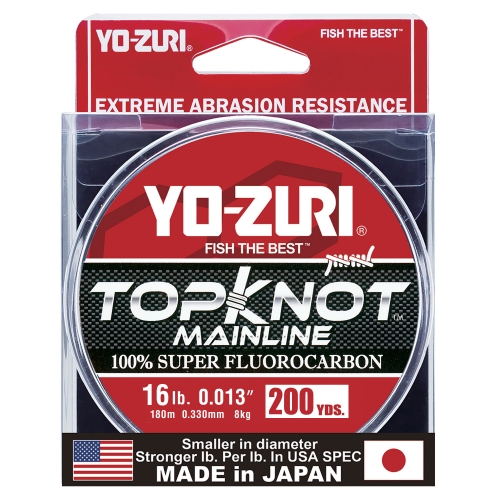
• This was the first tournament coming off pandemic. Was there a different feel to this tournament compared to the typical Elite series event?
It really felt like the first tournament of the season. It also felt like it had a “bigger” feel than a lot of the other tournaments. It was really one of the first major bass tournaments, or really any kind of professional event, back at it. The pressure was a little higher because I felt like it was a necessity to get the season back on track. During mid-season it can often become a grind going from one lake to the next with little down time, but with the break I was more excited than ever to get back to competition.
Shallow Water, Short Baits, Big Fish
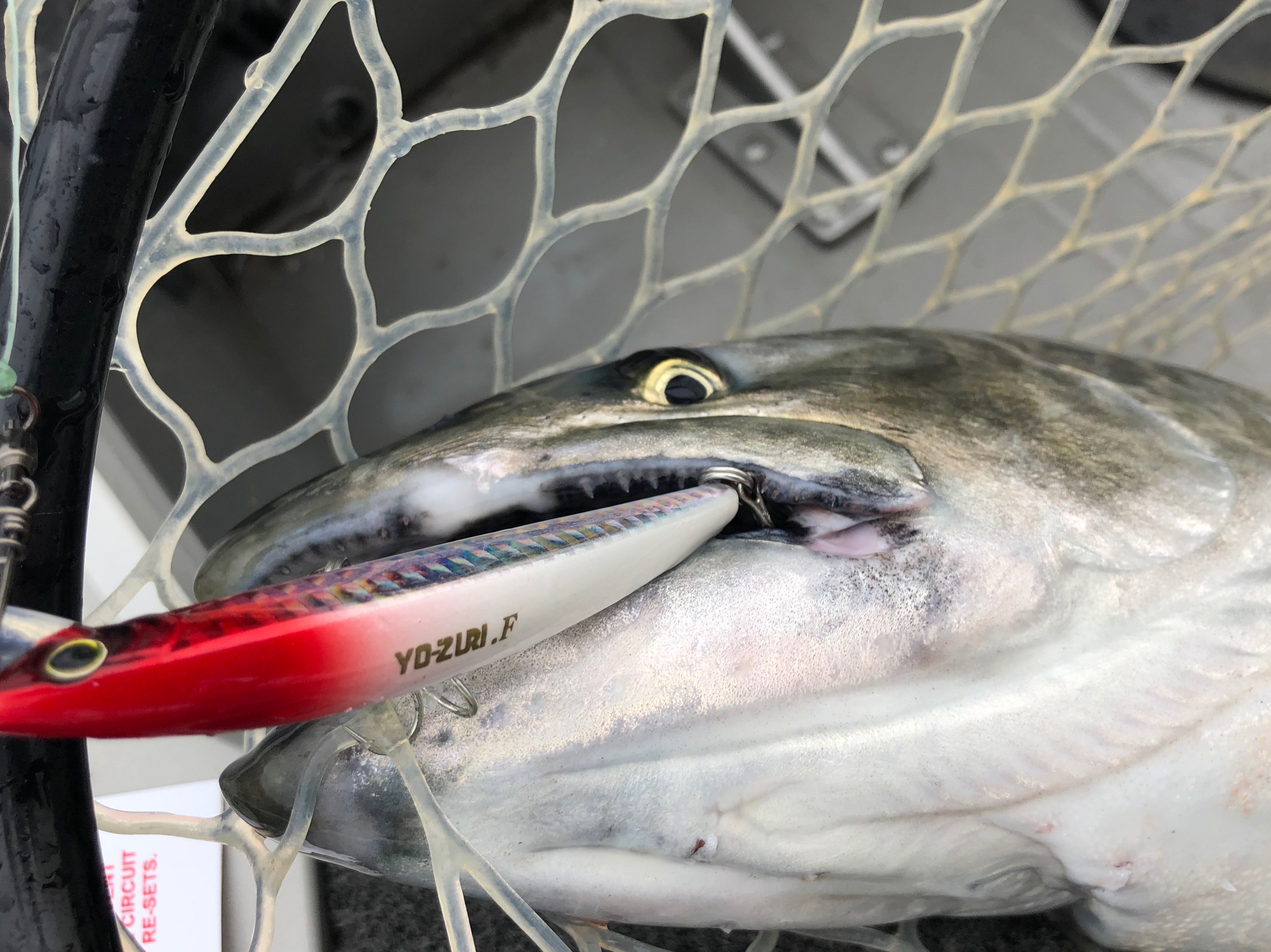 Spring is here, boats are out and the fish are hungry. Just because they’re hungry does not mean they want the whole enchilada in one bite! Don’t over look your smaller baits this time of the year. Our GO TO, Spring Salmon and Trout bait in shallow water is the 3.5 inch crystal minnow, and even the 2-3/4 inch version.
Spring is here, boats are out and the fish are hungry. Just because they’re hungry does not mean they want the whole enchilada in one bite! Don’t over look your smaller baits this time of the year. Our GO TO, Spring Salmon and Trout bait in shallow water is the 3.5 inch crystal minnow, and even the 2-3/4 inch version.
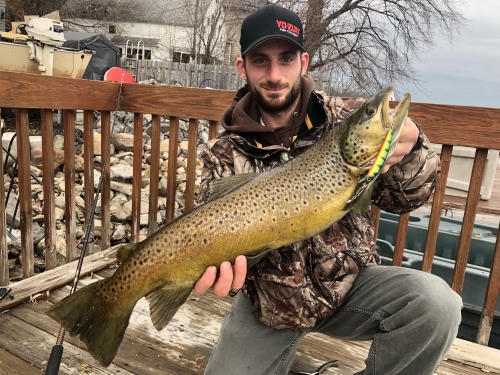
The warmest water is most consistently found close to shore and getting as tight to shore as possible is our goal. I’m talking less than 10 feet of water. During the Spring season we rarely break the 20 FOW mark and typically stay in the teen depths, with our planer boards cruising under 10FOW. In most cases, I want my planer boards within inches of docks if possible! This goes for you shore anglers as well. Casting the crystal minnow from piers, docks, etc is a great way to get at these same fish. On a breezy day or a situation where you want more casting distance, bump up to the 4-3/8 crystal minnow for a little added weight and distance.
Fishing such shallow water can easily spook fish, here are five ways we combat this.
#1 – Get your lines away from your boat, send your planer boards out there! (But be courteous to other boaters)
#2 – Increase your lead length. Instead of running your baits 100ft back, run them at 125-150ft.
#3- Run a lighter fluorocarbon leader. In the summer we use 20lb Yo-zuri fluorocarbon, instead tone it down to a 15lb leader.
#4- Run a longer leader, we tie 30 foot leaders. This increases stealthiest and gives us plenty of leader to retie due to wear and tear.
#5- Fish “dingy water”! We are looking for “Pea Green Water”. If you can see bottom, the fish can see you, find a different spot. On the other hand, DO NOT fish “Chocolate Milk”. If it looks like you just order a Chocolate smoothie, they can probably NOT see your bait. Again find a different spot, search until you find the muddy water mixing with the clear water.
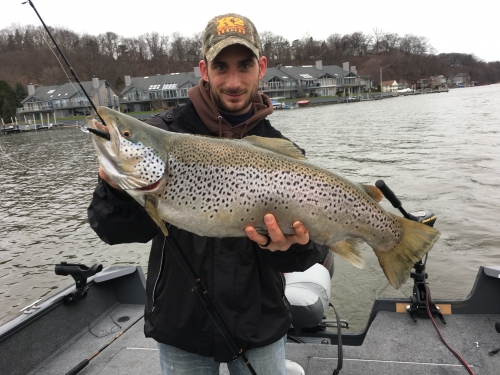
Salmon & Trout, typically hit very ferociously this time of the year because they are so hungry. To reduce foul hook ups, and increase our landing percentage we typically remove both stock hooks and replace them with a single #4 Treble hook on the back only. This will also reduce the amount of snags we encounter, as the bill is diving deepest and the rear hook is sitting just a touch higher.
“Spring Time POPPIN’ Action with the Yo-Zuri 3DR Popper”- Martha Goodfellow
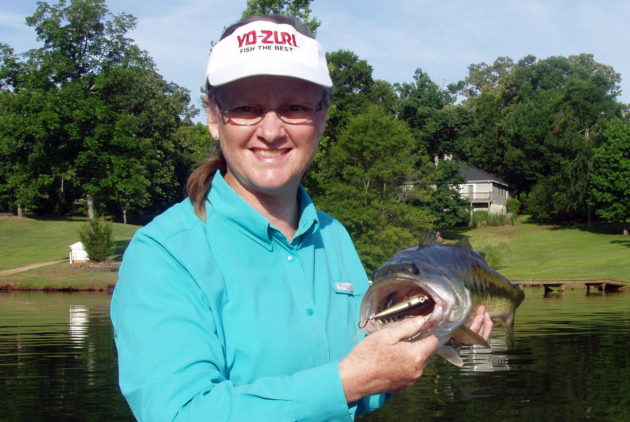
Spring is a great time to be out on the lake fishing for bass. If you are like me and like a little topwater action, you might want to fish the bluegill spawn pattern. Imagine a hungry bass and all the bluegills bedding in an area, what a feasting opportunity for the bass to be drawn to. My go to bait is a Yo-Zuri 3DR Popper and sometimes I mix it up by using a weightless Merthiolate colored trick worm.
When
Basically, bluegill can spawn between April thru September. As soon as water temps reach about 70 degrees, or a range of about 68 to 75 degrees, it is time to look for bluegill beds. Bluegill spawn 4 times a year (every full moon). Your best time of day or days to fish will be fishing early and late in the day, or on cloudy days.
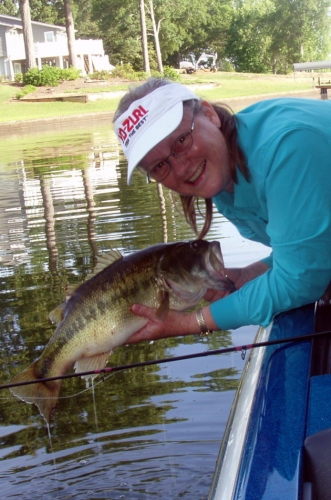
Where to look
You’ll be looking shallower, in water less than 4-5 feet deep. Bluegill beds can be on sandy, gravel, and even muddy bottoms. With vegetation, can be even better. Be sure to look in the backs of spring fed creek that have flat bottoms. And areas with shallow water and a flat bottom, 5 feet or less of water and weedy protected bays are a good choice.
“Sea walls” – one of my favorite types of places to catch bass off of bluegill beds
Bluegill spawn on sea walls (wood or concrete). The better sea walls will have some depth at the wall. About 2 to 3 feet is good. You must have bluegill in the area! When working sea walls, cast your Yo-Zuri Popper tight to the wall! Either work your popper along the wall or cast to the wall and bring it back to the boat. Another tip is to “work the area “fast”, make 10-12 casts, then move to another spot. Bass are either there or not…
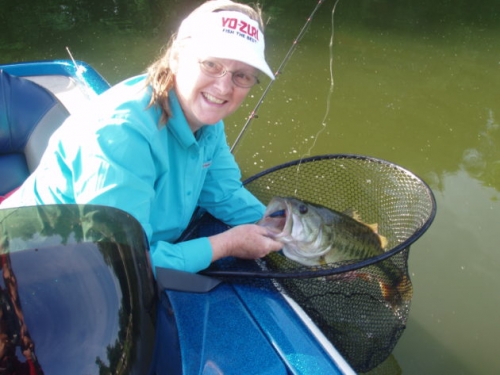
How to Work you Popper
Mix it up and figure out how the bass bite best. You can do the “Pop and Stop” or the “Walk the Dog” techniques and catch bass. Remember, wait until you feel the bass before setting he hook!
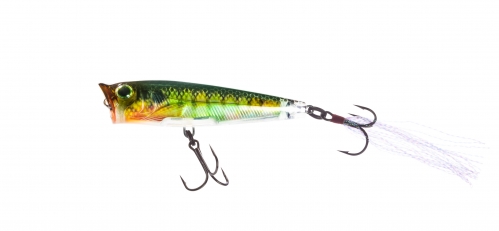
My go to color for my Yo-Zuri Popper
I like bluegill patterns and better with an orange throat and/or belly. The Yo-Zuri 3DR Popper in the bluegill pattern is a perfect bait for this application.
How do I know I’m in the right spot
If you are getting “bluegill bites” and maybe even catching a few bluegill, you are in the right area.
Have fun and catch some good bass using your Yo-Zuri Poppers!
2020 Open Water is FINALLY HERE- by Max La Gaipa
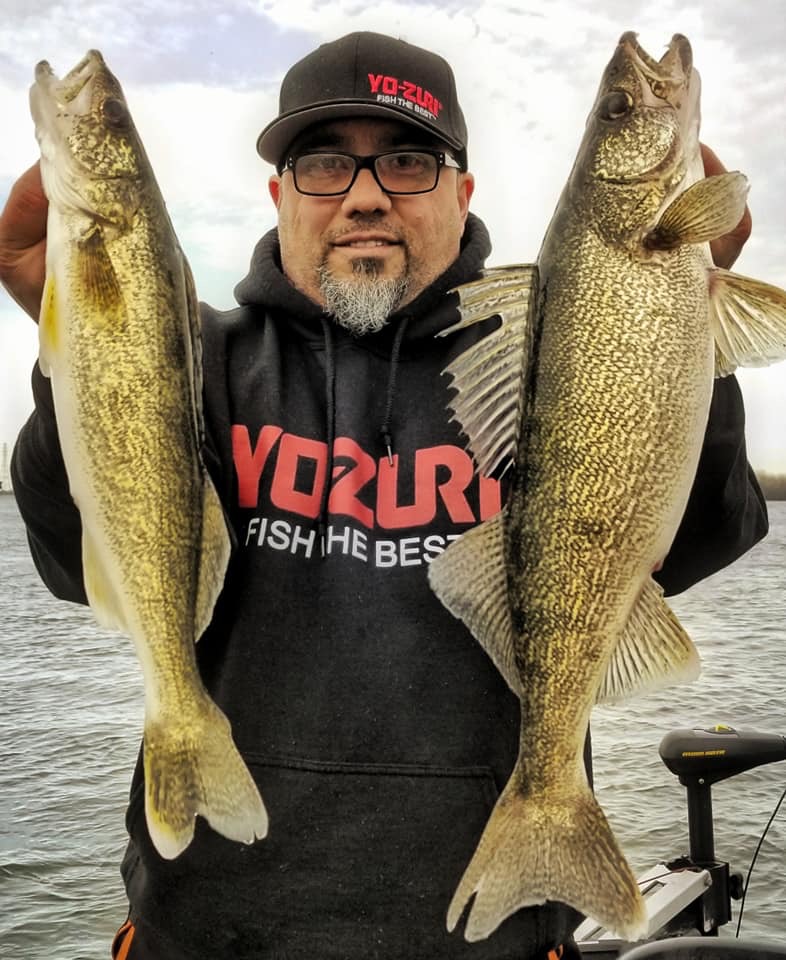 Us northern anglers are finally rejoicing and celebrating even with the Coronavirus news; OPEN WATER IS HERE!!! This is the time of year you definitely want to break the boat out and get out there. Hungry Smallies, Northerns, and Walleye will be feeding heavily for the next couple of weeks. This year, the open water came a touch early as we have had above average temperatures but none the less fishing is going to be very very good. Armed with the top Yo-Zuri hardbaits and St. Croix rods; the fish do not stand a chance against me!
Us northern anglers are finally rejoicing and celebrating even with the Coronavirus news; OPEN WATER IS HERE!!! This is the time of year you definitely want to break the boat out and get out there. Hungry Smallies, Northerns, and Walleye will be feeding heavily for the next couple of weeks. This year, the open water came a touch early as we have had above average temperatures but none the less fishing is going to be very very good. Armed with the top Yo-Zuri hardbaits and St. Croix rods; the fish do not stand a chance against me!
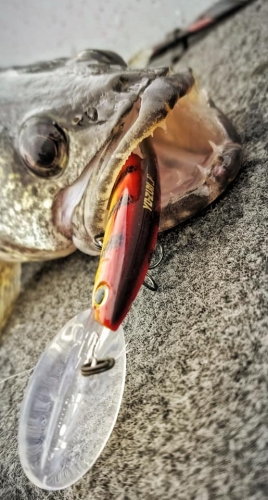
It is still considered winter throughout most of the country, but the warmer temperatures has spring in the air. With the open water happening the fish are typically not too picky in what you throw at them. Obviously I love bass fishing but this is the time of year to stock pile on some quality eating fish, and those are walleyes. The beauty of walleye fishing this time of year is they are the most aggressive fish out there. Normally they are not picky at all in what you throw at them, but I have seen very good results in sticking to darker colors that are following the perch and crawfish patterns. This will be what the Walleyes are feeding on mostly right now. For this I really like Acid Perch, Hot Perch, and Green Perch patterns offered by Yo-Zuri in the Crystal Minnow Deep Diver Walleye.
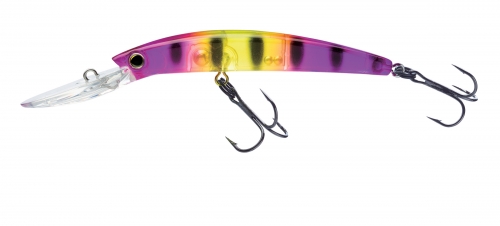
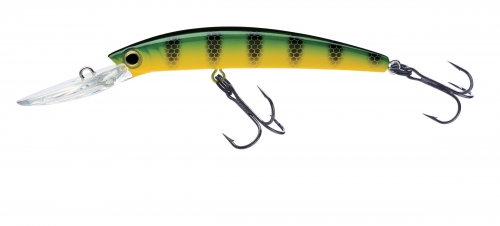

Typically in the late Winter and early Spring trolling is the key to catching aggressive walleyes, the reason for this is they are heavily in hunting mode and will be constantly on the move. Therefore I like to troll to cover as much water as possible and find that aggressive school of walleyes. With the Crystal Minnow Deep Diver Walleye it is a very good trolling bait and will get down deeper depths depending on the trolling speed. Slower speeds will allow the bait to dive deeper and faster speeds will keep the bait higher in the water column. This is where it is key to have good electronics on your boat because once you can locate schools of bait and/or schools of walleyes (which typically are not too far from bait) you will know the depth you need to get your lure and adjust your trolling speed accordingly.
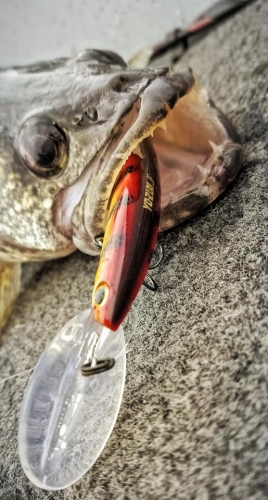
The rod and reel setup I prefer is a 7′ Medium/Fast action St. Croix Legend tournament series spinning rod with a 2500 series spinning reel. I will spool my reels with 15lb Yo-Zuri SuperBraid and run a 10lb TopKnot fluorocarbon leader. One tip I will give anglers is keep you drag loose that way when you get a bite the fish can take the line off the reel but there is still enough tension on the line to get them hooked. You want them to be able to strip a little drag because lighter line will allow the bait to diver deep depths, and with already trolling for them you don’t want to risk breaking your line.
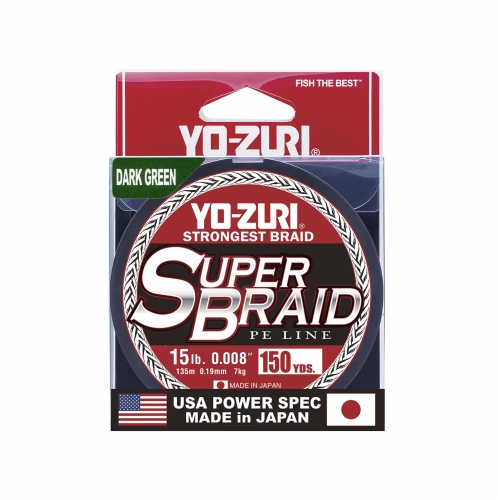
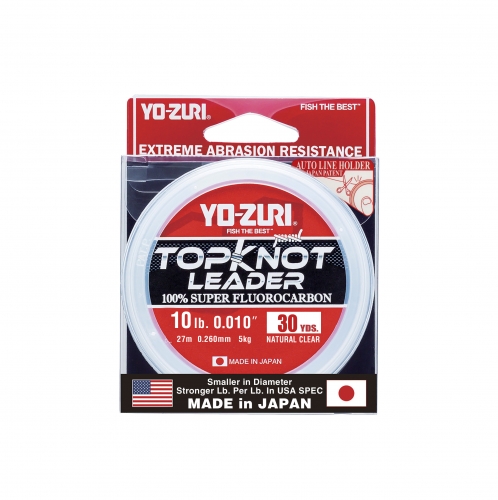
As I always suggest and often see in the fishing I like to do, this is a great opportunity to get kids, family, and friends out on the water to make memories that last forever. Also, the more people you have out there the more fillets to add to the grease at the end of the day. Be safe out there my friends!
Jerkbaits in Florida? In grass???- by Mike Surman
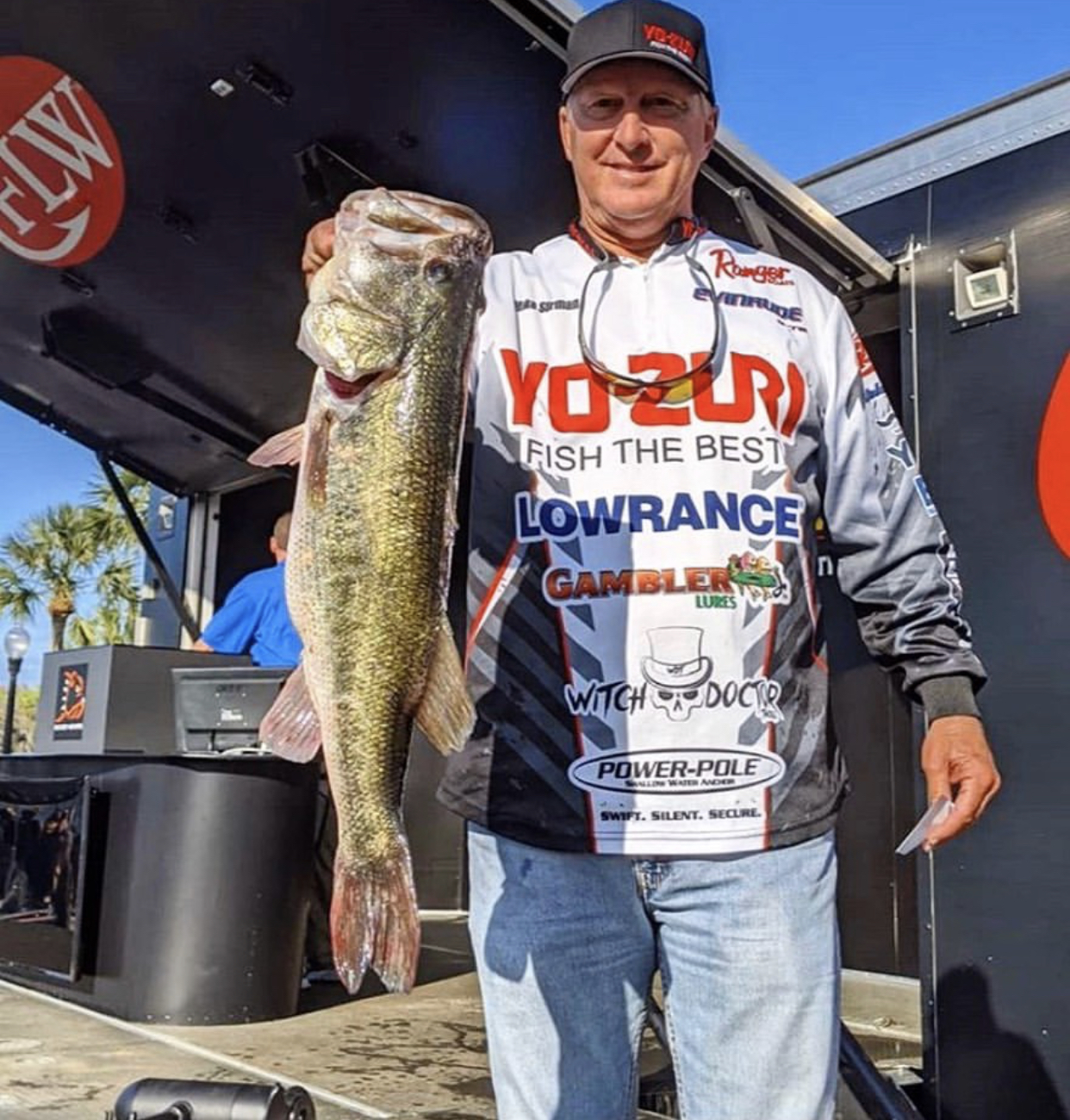 Well, stop #2 at the Harris Chain is done and I had another good week. I made the cut, which is awesome, but I was a little disappointed in the finish. If that sounds crazy, especially for me, you are right except for one thing. I had one of my best practice weeks that I have ever had. I found the perfect one-two punch in my Yo-Zuri 3DB 110 jerkbait and my Gambler Fat Ace. The jerkbait is a prototype that will be introduced at ICAST this summer. While testing and filming the bait during pre-production I fell in love. I caught lots of fish and big ones. So the first official practice day I started with the jerkbait and immediately caught two fish between 7-8 pounds. I moved around and caught another one close to 8 pounds. This jerkbait has great action and the giant Harris Chain bass were choking it. After the sun got up high, I started to try some pitching in the shoreline grass, with my Gambler Fat Ace. I got about 15 bites and I caught another fish over 8 pounds, that I was trying to shake off. So as you see, I had almost 35 pounds without really trying to bear down on them at all.
Well, stop #2 at the Harris Chain is done and I had another good week. I made the cut, which is awesome, but I was a little disappointed in the finish. If that sounds crazy, especially for me, you are right except for one thing. I had one of my best practice weeks that I have ever had. I found the perfect one-two punch in my Yo-Zuri 3DB 110 jerkbait and my Gambler Fat Ace. The jerkbait is a prototype that will be introduced at ICAST this summer. While testing and filming the bait during pre-production I fell in love. I caught lots of fish and big ones. So the first official practice day I started with the jerkbait and immediately caught two fish between 7-8 pounds. I moved around and caught another one close to 8 pounds. This jerkbait has great action and the giant Harris Chain bass were choking it. After the sun got up high, I started to try some pitching in the shoreline grass, with my Gambler Fat Ace. I got about 15 bites and I caught another fish over 8 pounds, that I was trying to shake off. So as you see, I had almost 35 pounds without really trying to bear down on them at all.
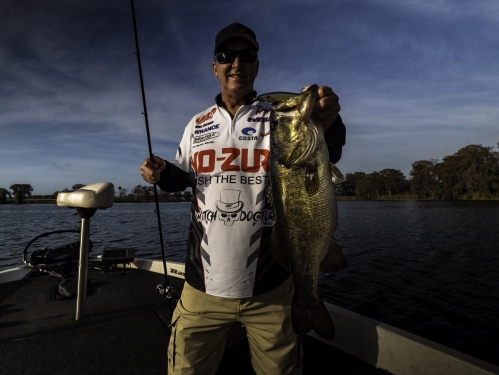
Unfortunately, I did not get many big bites except on day 2, I did catch one that weighed 7 pounds 12 ounces. I can’t tell you how excited I am about our new jerkbait. For some reason the big ones eat it up, and I know they are going to bite it all over the country. I threw the jerkbait on a 6’10” Witch Doctor Surman 50G rod, with 16 pound Yo-Zuri TopKnot Fluorocarbon line. I pitched the Gambler Fat Ace with a 7’6” Witch Doctor Oracle rod and 20 pound Yo-Zuri Hybrid line.
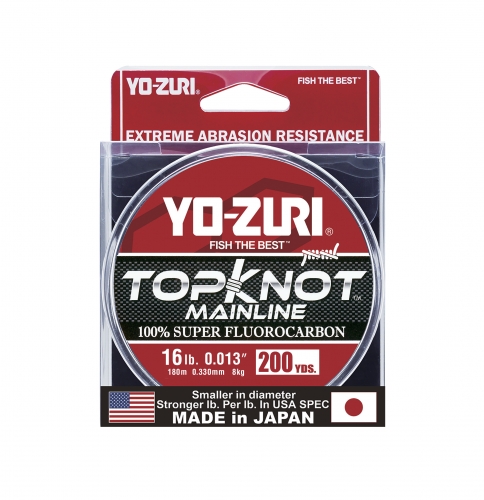
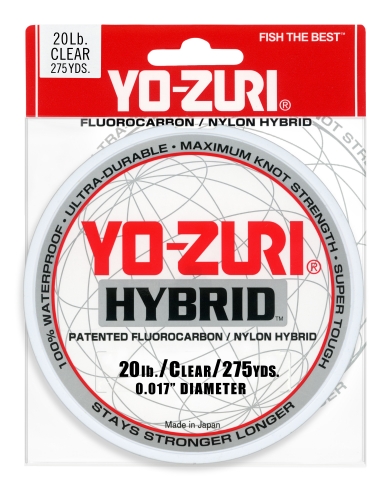
So yes, making the cut was great, but with all those big ones during practice, I had high expectations. I can’t wait to get to stop #3 at Lake Martin in Alabama in March. I promise I will be leaning hard on my Yo-Zuri 3DB 110 jerkbait and targeting both the Lake Martin largemouths and spots. As for all my friends, you will have to wait until after ICAST to get your hands on one. But don’t wait too long because they will be going fast and catching lots of giants all over the country.
Top-20 Finish at Sam Rayburn- by Mike Surman
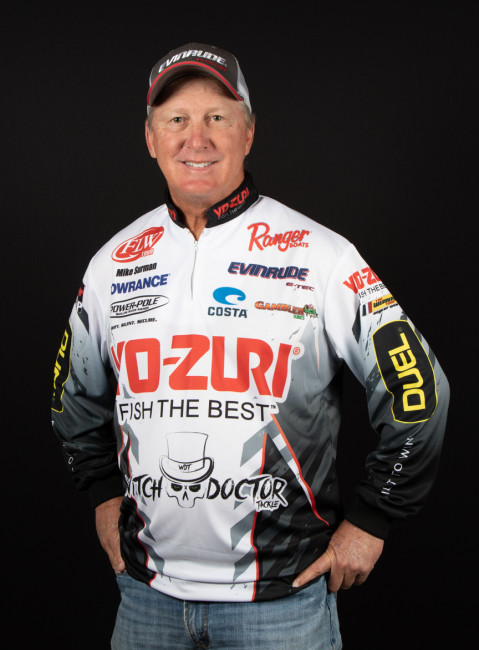 Well, the first Tackle Warehouse Pro Circuit tourney at Sam Rayburn is in the books. Overall it was a great week. The first 3 practice days I tried to cover a lot of water, because Rayburn is a huge tournament lake. The issue was we got our typical cold front the night before. The water temps dropped and there were two tournaments over the weekend with a total of 700 boats on the water. I knew fishing would be tough.
Well, the first Tackle Warehouse Pro Circuit tourney at Sam Rayburn is in the books. Overall it was a great week. The first 3 practice days I tried to cover a lot of water, because Rayburn is a huge tournament lake. The issue was we got our typical cold front the night before. The water temps dropped and there were two tournaments over the weekend with a total of 700 boats on the water. I knew fishing would be tough.
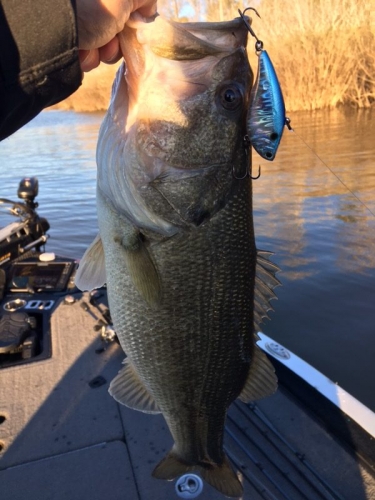
So, my favorite bait for a tough grass fishing tournament, is the Yo-Zuri Rattl’N Vibe. This bait is so versatile that it is always my lure of choice. In the first 3 hours of practice I had already caught one 4 pounder and one 5 pounder, so I knew this was going to be a bait I would lean on to cover water and catch a big one.
The next two days of practice I caught a 5 pounder or better on the Vibe. My issue was I was not getting many bites, but I was catching big ones. So, I spent the last 2 afternoons of practice pitching a Gambler Fat Ace. I got about 10 bites both days, so I was ready for the first tournament day.
The first tourney day I started with the Rattl’N Vibe and I caught one 4.5 pounder and one 3.5 pounder on the Chrome blue back 3/8 oz. Vibe. I also caught some smaller ones, but again, fishing was tough, and I did not get many bites. So, I went pitching with my black blue Fat Ace. I culled the 3 smaller ones with three 3 pounders and finished in 11th with almost 18 pounds.
Days 2 and 3 were both really tough and again I leaned on the Vibe and Fat Ace. My only problem was I ended up with small limits both days and finished in 17th place.
I threw the Vibe on a 7’0” Witch Doctor Kahuna rod and 20 lb. Top Knot Fluorocarbon line. The soft rod with the fluorocarbon line is a perfect grass Vibe set up. You need a soft tip rod to let the fish get the bait in its mouth. You also need plenty of backbone to keep them out of the grass after the bite. My Kahuna and the Top Knot are a perfect combination. I got lots of bites on the fall or ripping the bait out of the grass. Sometimes when the conditions are tough, this is the way to trigger bites and big ones.
For pitching the Fat Ace I threw a 7’6” MH Witch Doctor Oracle rod with Yo-Zuri 20 pound Top Knot Fluorocarbon. Some of the bites came way back in the brush and some came on the outside. I threw a ¼ oz. weight in front of the Fat Ace to get a slow fall. I felt like as the water temps dropped, the slow fall was critical.
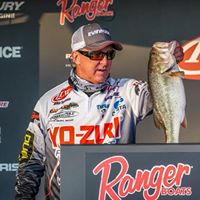
Jigging The Mini For Aggressive Holiday Walleyes-Mark Maule
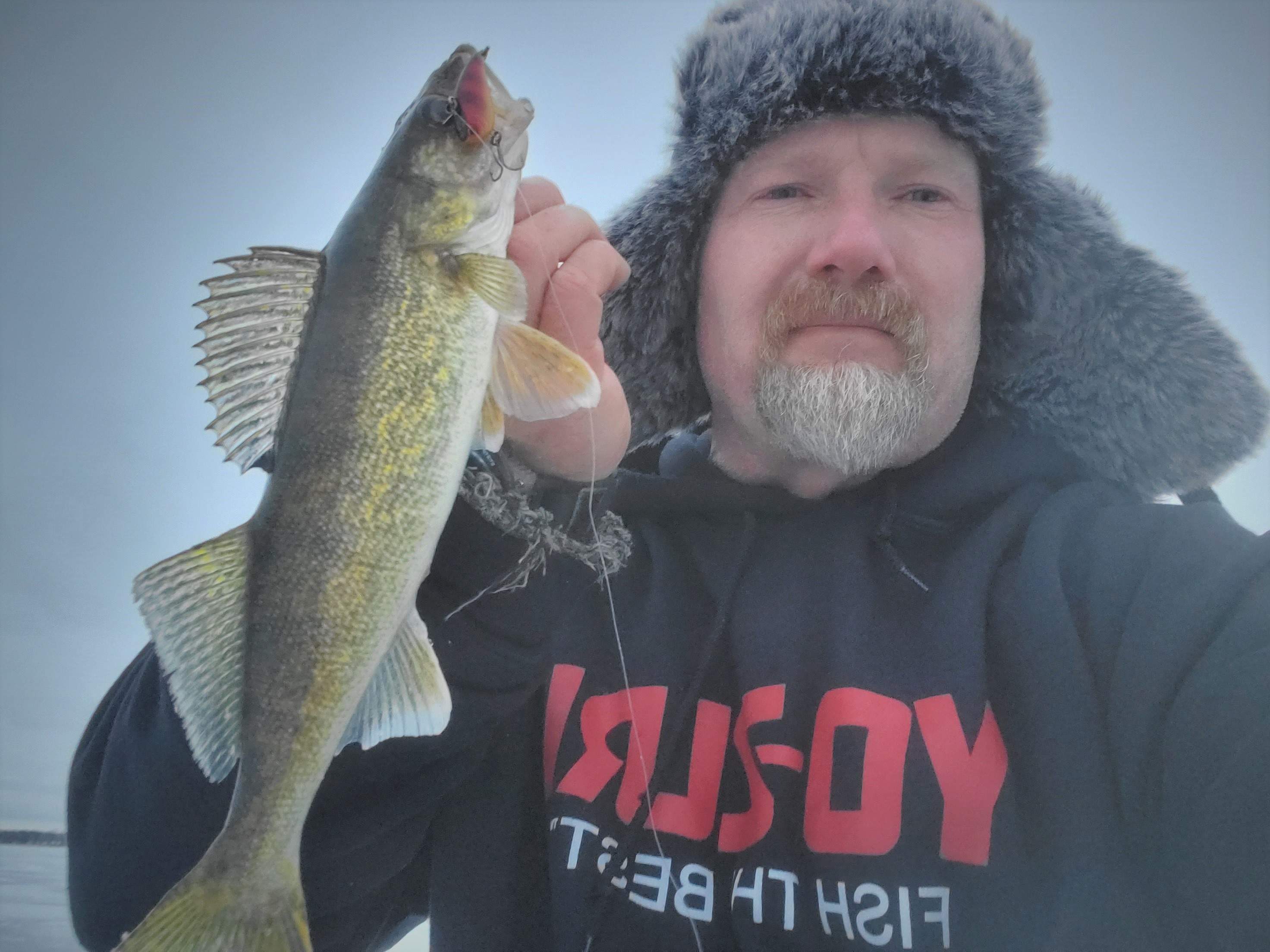 Sometime from Thanksgiving to Christmas we see the transition in the Ice Belt from open water to ice popping and cracking as it forms. It is during the early ice period that lasts until about the middle of January (always depends on weather) that we can experience some of the best walleye fishing of the entire winter. The walleyes are aggressive and HUNGRY at this time of year.
Sometime from Thanksgiving to Christmas we see the transition in the Ice Belt from open water to ice popping and cracking as it forms. It is during the early ice period that lasts until about the middle of January (always depends on weather) that we can experience some of the best walleye fishing of the entire winter. The walleyes are aggressive and HUNGRY at this time of year.
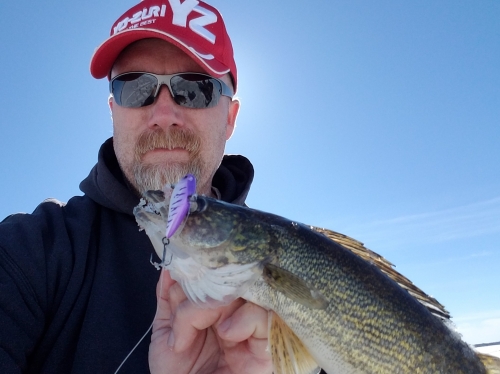
One of my favorite lures during the early ice period when chasing walleyes is the new Yo-Zuri Rattl’N Vibe Mini. At 1 5/8”, 3/16 oz., it is the perfect size lure to rattle in fish from a distance with long jigging strokes and then finesse them with more subtle, fluid movements once they are on the Vexilar. The Minis catch a host of eater fish in the 15-19” range and they are also great for catching some of those stubborn 20”+ walleyes that snub spoons or other larger baits. These lures can be used successfully in virtually any conditions which you face out on the ice.
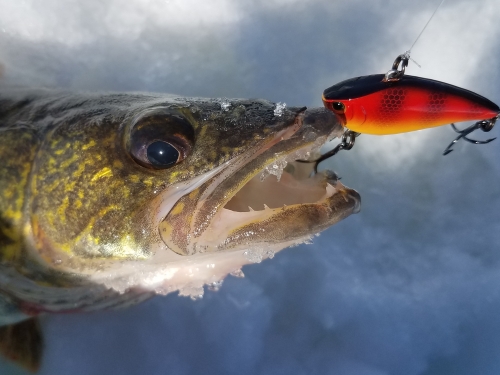
Conditions:
When fishing in clear water, I usually go with Hot Perch, Green Perch, or UV Zombie Rattl’N Vibe Minis as the natural patterns are perfect for clear water situations. I pick these options because the lakes I fish generally have yellow perch as the primary forage species. However, if you are fishing in clear water where there are tullibees or shiners, using a metallic finish pattern like the Chrome Blue, Gold Black, or Black Silver can be top choices.
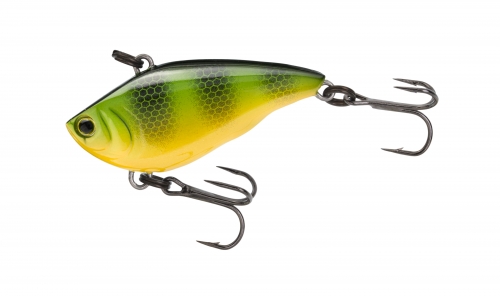
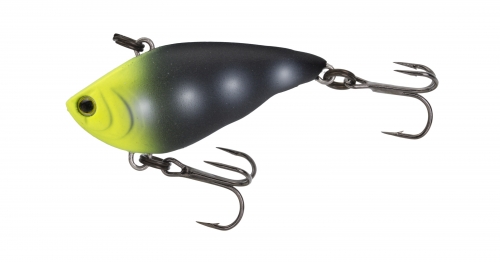
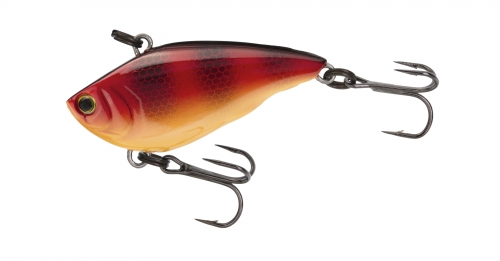
If you find yourself in a scenario where you intend to fish water that was really turned up and cloudy just prior to ice up, or you are fishing a more tannic stained lake, then going with UV Purple, Pink, or Blue Tiger can put you on some fish. The UV finish that these patterns have are perfect for fishing these dark or dirty water situations at any time of the day.
Locations and Timing:
The first place that I check for early ice walleyes is the last place that I caught them in the fall. Rocky points, inside turns, transitions to and on top of flats, or even along submerged weeds that are still holding their structure are quality places to look. The two prime times of the day from dawn to about 90 minutes after sun up and then an hour before dark until sunset are solid choices to consider in any of the locations listed above which are in 15’ of water or less. During the middle of the day it may be necessary to move out to 15’+ of water in order to stay with cruising feeders until they push back up shallow again before dark.
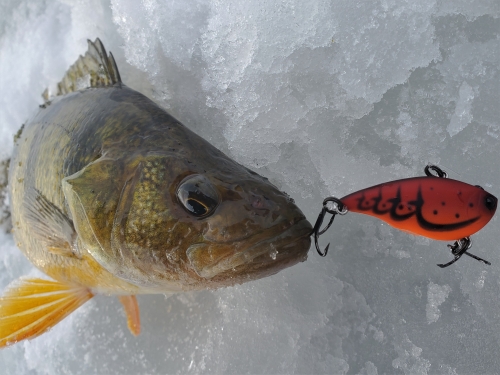
Line:
One of the great things about the Yo-Zuri Rattl’N Vibe Minis is that it can be effectively fished in everywhere from 5-25’ of water. Generally, I use 6 lb Yo-Zuri Hybrid when fishing for early ice walleyes with Minis in less than 15’ of water. Then, when I start fishing out deeper during midday, I usually switch to my 4 lb test Yo-Zuri Hybrid rods as fish can be more finnicky and the lighter line allows for an even more deft touch when a fish takes the bait. Whether using 4 lb or 6 lb Hybrid, I always tie the line directly to the ring attached to the bait to ensure that I get the purest movement and rattle possible.
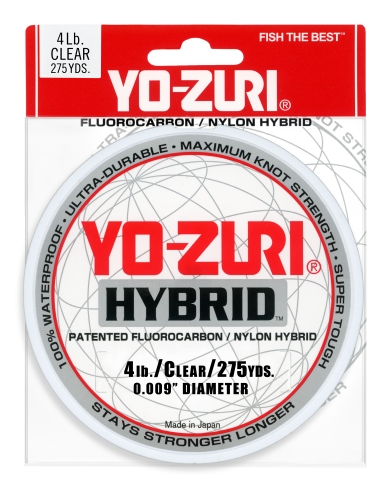
The Yo-Zuri Rattl’N Vibe Minis are small in name only as they put a lot of eaters and big fish on the ice for me, and they can for you too! Stock your gear boxes with these lures along with Yo-Zuri Hybrid 4 lb and 6 lb test line during the holidays and you will be ready to catch more walleyes on early ice.
Giant Stripers on the Hardcore Ninja Glide- by Vince Borges
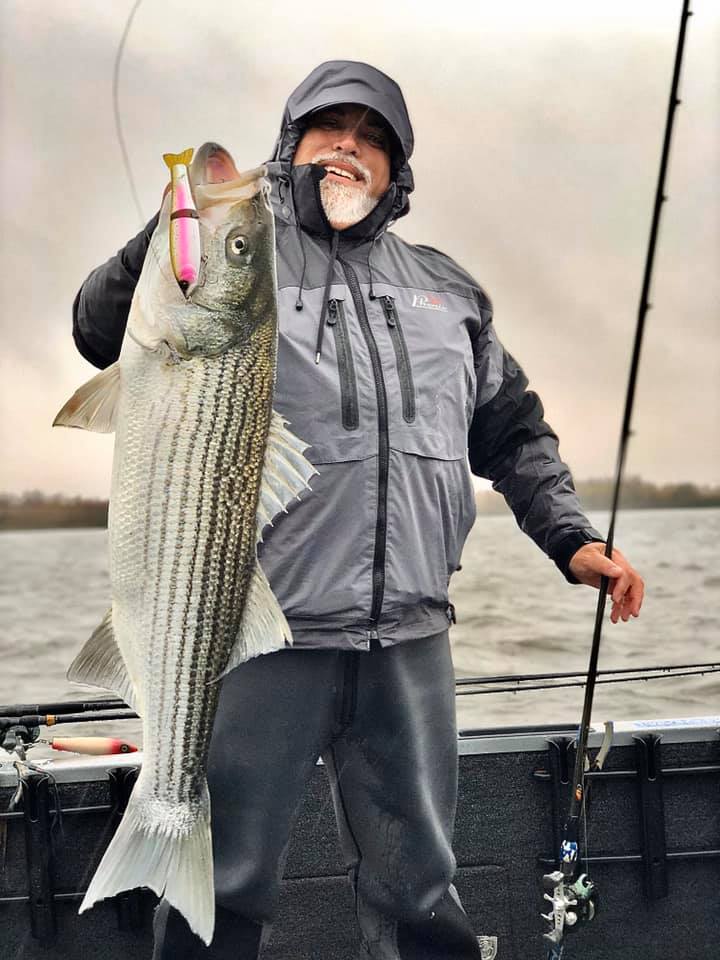 So here on the West Coast in California, we are nearing the end of our fall migration of our Delta Stripers from the salt, back into the fresh water tributaries of the California Delta and all the rivers that feed into it. We have had a tremendous season with giant stripers in excess of 30lbs. I get asked a lot by anglers and clients, “How do we know where to target these bigger fish and what to throw at them?” Well there are many ways we catch them this time of year, but one of my favorite is on the Yo-Zuri Ninja Glide.
So here on the West Coast in California, we are nearing the end of our fall migration of our Delta Stripers from the salt, back into the fresh water tributaries of the California Delta and all the rivers that feed into it. We have had a tremendous season with giant stripers in excess of 30lbs. I get asked a lot by anglers and clients, “How do we know where to target these bigger fish and what to throw at them?” Well there are many ways we catch them this time of year, but one of my favorite is on the Yo-Zuri Ninja Glide.
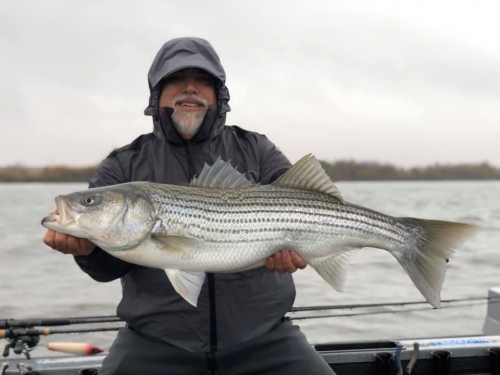
Let me first start out by saying, you wouldn’t believe where we focus our energy and efforts for these big line sides. We concentrate on flooded island openings and the flats within them. The majority of the giants we catch over 20lbs come from water as skinny as 1-3’ max depth! YES, you read that correctly. It makes for the most viscous and insane bites you could ever imagine! The fish sound like cars hitting your baits, and once hooked up, they thrash severely on the surface trying to go down, but remember, were in a foot or two of water so they can’t go down! So then they shoot across the flats ripping drag out like a race car on nitrous! Can you now visualize the chaos yet?
Like most striper across the country, they run in schools and ambush prey like wolf packs here on the California Delta. But those aren’t the fish we are after. Usually the schooling fish are a smaller grade from what we call diaper striper to maybe 10lbs. Those fish are fun because they are usually ambushing shad and other small bait fish, and you can catch them all day long following the schools around. It’s great when you have youth with you, they have a ball. But were talking “Giant Stripe” in this week’s blog. And that’s where a Glide Bait like the Ninja Glide come into play. These larger than average fish are not going to waste their energy chasing a bunch of 2-4” shad around! These big girls like other big species are looking for a meal! They are targeting small largemouth, bluegill, crappie, golden shiners and other prey that quite honestly is easy pickins for them to give them the energy they need to make the migration up our rivers where they will spawn.
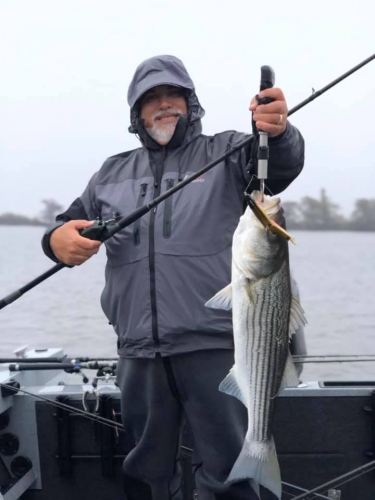
The Ninja Glide is a perfect size and action for these huge silver bass. Because we are fishing shallow water, that usually has grass across the flats, the slow sink of the Ninja Glide allows us to make a long cast and start our retrieve and keep the bait above the grass and just under the surface. As for retrieve, like most glide baits, the Ninja Glide will get some giant followers on a slow steady retrieve. I don’t wait till I see those followers to try and make them eat. By the time you see them you are usually about out of room, and the fish will spook off from the boat, and most likely your excitement once you see them. I visualize them big girls following my bait from the time it hits the water till I pull it out to make another cast. The minute it hits the water at the end of a cast I begin a slow, normal glide bait retrieve. It’s mesmerizing for the fish to watch that bait glide back and forth as they follow it, but about every 5-7 cranks, I will throw a quick speed crank or two into the retrieve, or even a hard rod tip pop. This causes that bait to react as if though it just realized its being chased and tries to dart or get away. In so many ways, it is like a cat chasing a laser. If you shine the laser on the wall, it will get the cats attention, move it slowly and the cat will follow the light across the room. But move that laser light erratically back and forth and the cat will darn near climb that wall and bounce around trying to capture it.
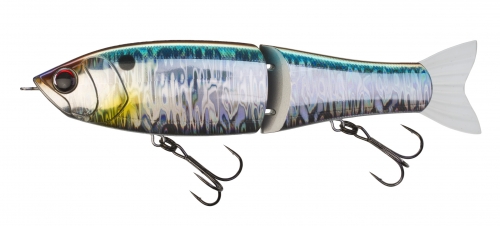
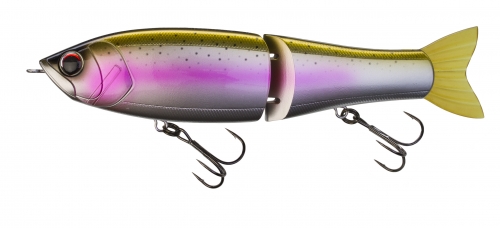
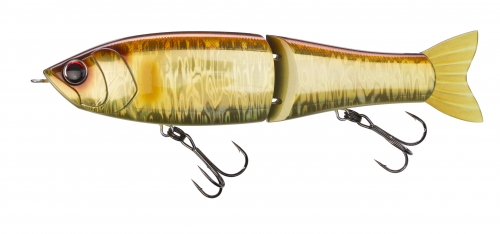
Because I throw in those erratic twitches and pops, I try and use a color that has lots of flash and pop to it. My favorite colors especially in dirty or stained water is the Rainbow Trout, Gold Ayu, or Holographic Shad. Those foiled finishes give off a lot of flash making the bait stand out more, and again like that laser light, gets the fish excited and causes the reaction you want. For clearer water, I like throwing Bone, Ghost Pearl/Chartreuse Back, or even Shad. These colors are a bit more natural and help the spooky clear water fish to commit. The equipment you fish these Ninja Glides on are extremely important! The last thing you want is to fish all day for that one bite, just to have something fail and your catch of a lifetime swims away, maybe even adding insult to injury and taking your bait with them. I fish the Ninja Glide on a Med Heavy Swimbait style rod like the Phenix Rods M1-80MH or the M1 Inshore 711ML. Both these rods have a soft tip you want for a treble hooked bait, yet plenty of backbone to turn them trophy stripers and give you the control you need to land the fish. I always use a 300 size reel for the slightly bigger gears and drag. Remember these fish are big and mean! And they can strip a smaller reels gears to shreds. I fish these baits using several line choices. If I’m fishing dirty water I will throw them on Braid like the Yo-Zuri Super Braid in 65 or 80lb test. I don’t often use a leader unless I’m in clearer water, that’s when I tie on a 4-6’ section of 25-30lb Yo-Zuri TopKnot or HD Carbon Leader.
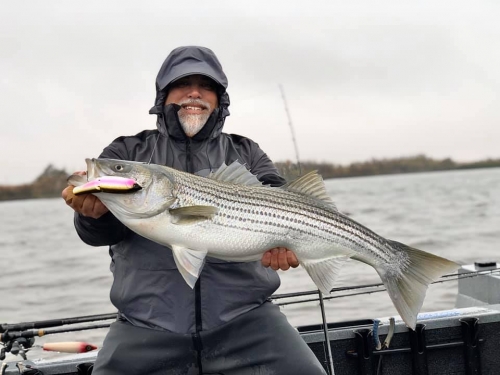
In closing I will leave you with one more VERY Important tip, whatever you do, DO NOT set the hook when you feel a strike. Most times, like 7 outa 10, because you’re fishing such shallow water, you will see the fish before it hits your bait. Again, big fish, in shallow water, means lots of water movement and commotion. Sometimes the strike is so visual and viscous, like someone dropped a bowling ball in the water, but you have to keep working the bait and have extreme patience. These big fish like to swipe at and tail slap the bait as if to wound it, and may do that several times before they eat it. So you have to wait till you feel that fish actually hook up and start pulling. Otherwise you may foul hook it, which 90% of the time means losing it, or ruin the chance of that fish committing or getting that big bait in their mouth and opportunity lost. Targeting Trophy Stripers is like target other trophy fish, one mistake or inferior equipment and your day is ruined! These fish didn’t get that big by being easy to catch. Use these techniques and recommendations and I guarantee you will see success! And when you do, be sure to share with us those amazing pics! If you’re ever in California, or want to plan a trip, be sure to hit us up at Vince Borges Outdoors for a California Delta Dream trip! Email is vborgesoutdoors@yahoo.com or contact us at 209-918-0828. Tight Lines and Big Linesides to you!
Breaking Down Ice Fishing for Beginners- by Will Nalley
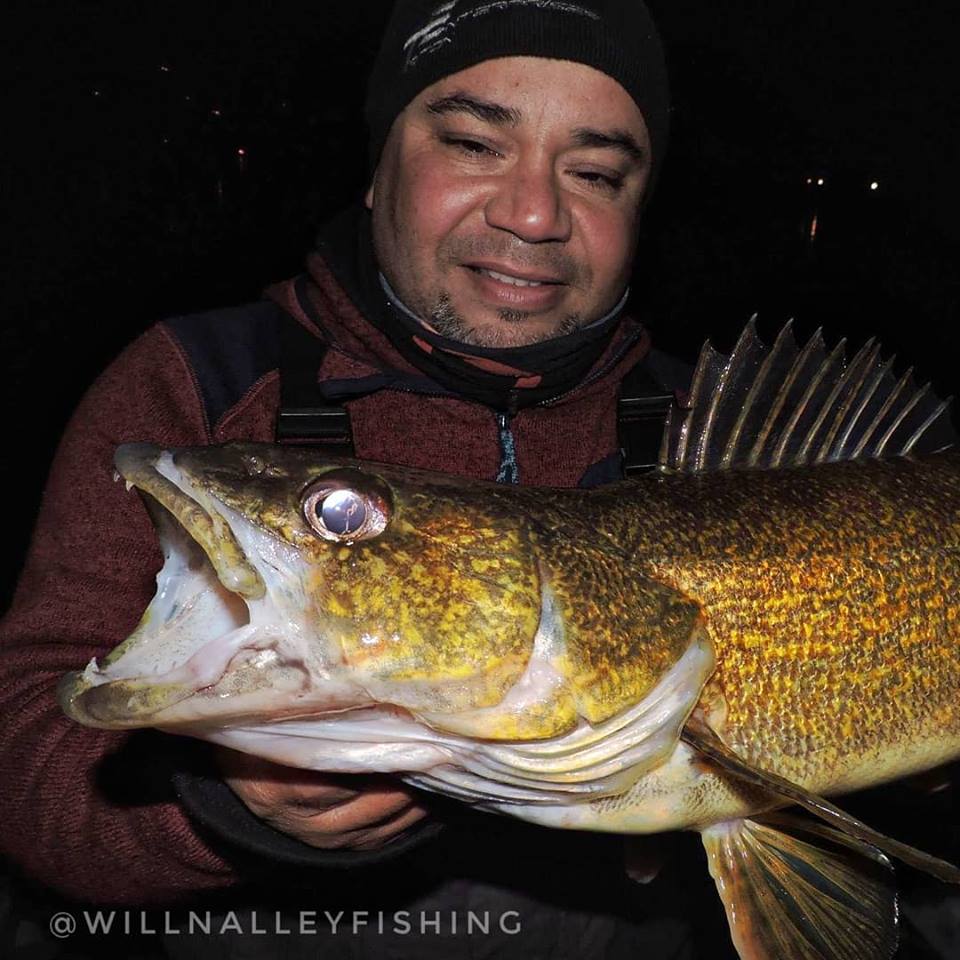 Safety:
Safety:
The first and foremost thing we need to talk about here is safety, and that is NEVER give the ice more credit than what it is due. Make sure to have crazy amounts of caution when fishing the ice, the last thing you want is to break through and risk hypothermia. That being stated, always remember the buddy system: ice fishing is not something I suggest anyone do alone. If you do go somewhere alone, make sure there are other people in the area and you tell people where you are going. It is always a good idea to wear flotation clothing just for ice anglers, or perhaps what I do and wear a life jacket. I know they are big and bulky, but its better safe than sorry. The suggested ice thickness that everyone I know abides by is 4” to walk on, 6” for an ATV or snowmobile, and 12” for vehicles. Always have a spud with you to check the ice thickness.
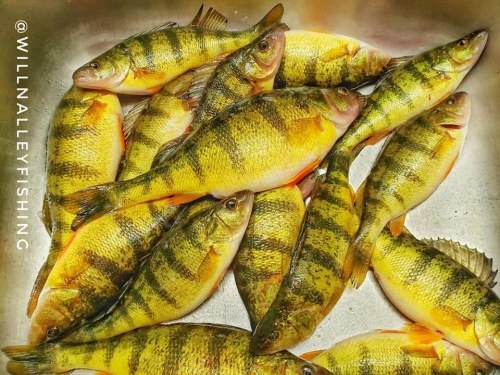
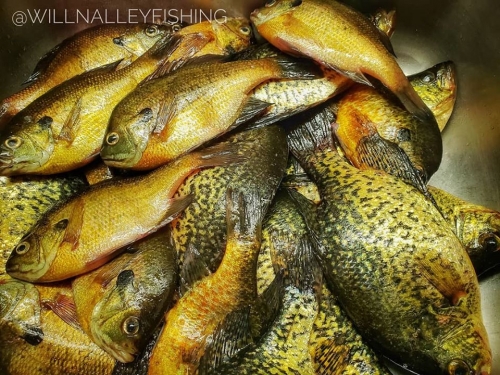
Species:
This is one of my favorite times of year to fish because the best eating fish can be caught. Those include the Panfish, Bluegills, Yellow Perch, Walleye, and Crappie. Yes, I know you will have to brave some crazy elements to make this happen; but it is well worth it when you can get on a good pile of them. This time of year; however, the fish have to eat to generate some sort of heat. So if you drill your hole around them and have a hardbait that is UV with rattles, it’s typically not hard to get them to bite.
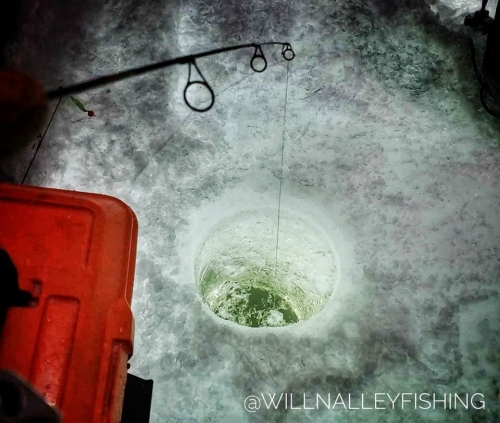
What to target:
This is where experience on the lake you are ice fishing really comes into play and so does a good depth finder and mapping system. I typically want to target some piece of structure and weed lines, and fishing the warmer months in open water is really the only way to find this. You can certainly find some solid weed lines and edges in 6-12 feet of water that are holding fish. This is because the chunk rocks in these areas hold healthier vegetation and heat, which the fish will relate to. Structure though, is where I find the better walleye and crappie. So it pays off to know the best areas of structure of transitions off flats.
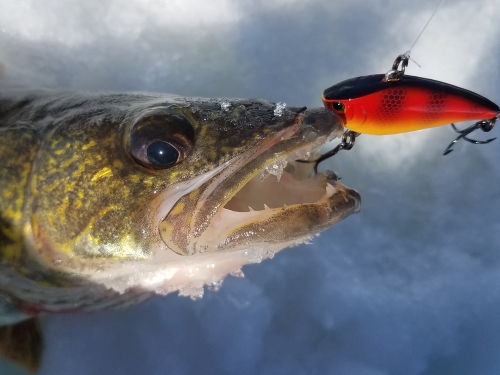
Weather conditions:
This is where it gets a little bit tricky to justify when the best times to go are, because it is always cold. As much as I hate to say it for the anglers that do not like the cold, the night time is the best time to get out there. The last few hours of daylight in the day into the dusk/night fall hours have always seemed to be the best for me. I believe this is because the moon and gravity force become less at night allowing the fish to move around a little easier in the cold conditions.
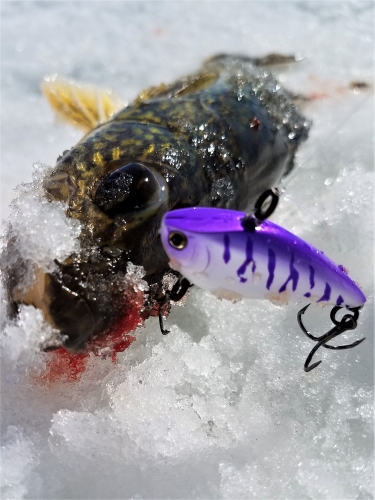
What to take with you:
Flasher/sounder/camera- a combo of a flasher and camera is pretty much all you need. I’ve found that an LCD display sonar is great for larger fish generally, as you have history on the screen which you lose when you use a flasher which provides real-time feedback on fish and lure location, but there is no history.
GPS – ideally you’ve done your homework ‘ground-truthing’ spots during open water with your boat – the GPS is also great for new spots, and finding your way to safety if you’re in whiteout condition.
Gas powered Drill with 24” bit- This is for drilling your hole to drop your flasher/ camera and fishing out of.
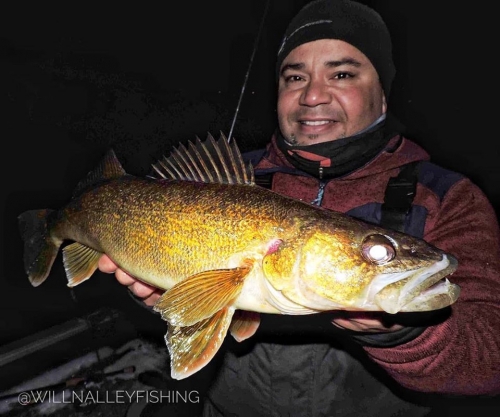
Biggest Mistakes by Beginners:
Panfish – line too thick, and lure size too big for the size of the presentation and the species target.
Larger predators – for walleyes – fishing the wrong times of the day or targeting them in water considered to be less than optimal in depth, there are always exceptions to the rule here if you have some history to go off of. Very common today for people to use a braid and fluorocarbon leader – often the fluorocarbon will be added to a swivel if you’re using a rotating presentation. Because of dropping strait down, this will create line twists. Braid can be problematic in very cold temps – if you’re in a hut, you’re in business. Larger fluorocarbon requires a larger size spool to manage the stiffness of the line.
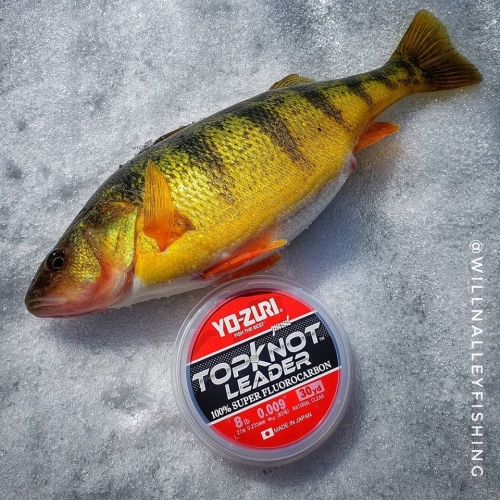
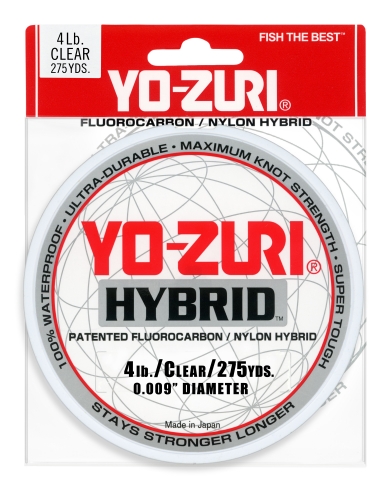
Yo-Zuri Product to Take:
-Hybrid line in 4lb test, this is definitely a style of fishing that you want the smallest diameter line you can get away with.
-8lb TopKnot Leader, this is something I like to use when fishing for bigger walleyes. I also think it helps the bait sink faster when I see a fish on my camera or flasher.
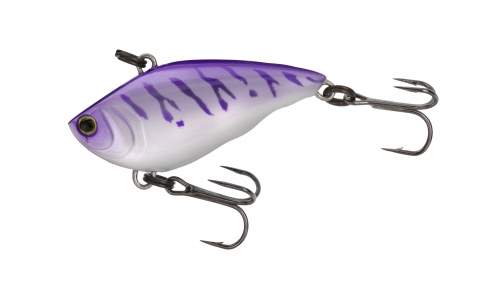
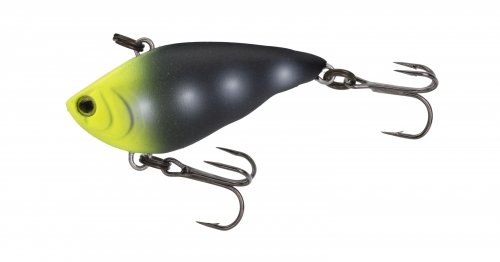
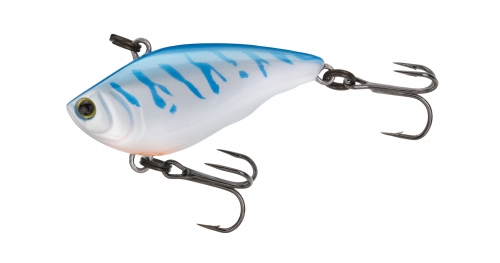
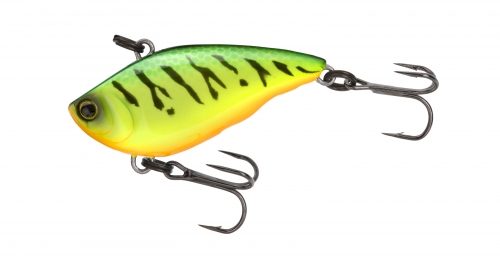
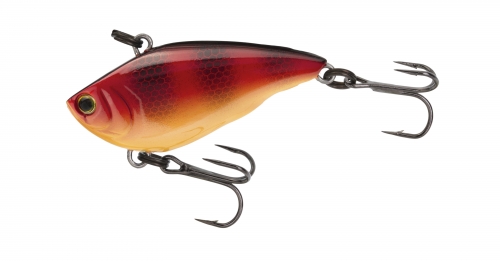
-NEW Rattl’N Vibe Mini, this is a bait designed specifically for ice fishing anglers. I definitely love the UV colors since I fish so much at night, but also my favorites are Firetiger, Gold with Black Back, and Hot Perch
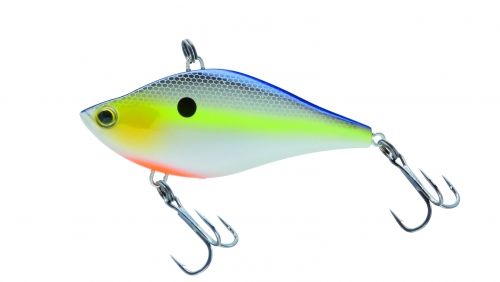
-3DS Vibe, this is a bait I catch a lot of bigger walleyes on and it seems to have a great falling action through the water column. Usually the fish eat this bait on the initial drop.
Sometimes Less Is More: New Yo-Zuri Mini Vibe for Big Fall Perch and Crappie- Mark Maule
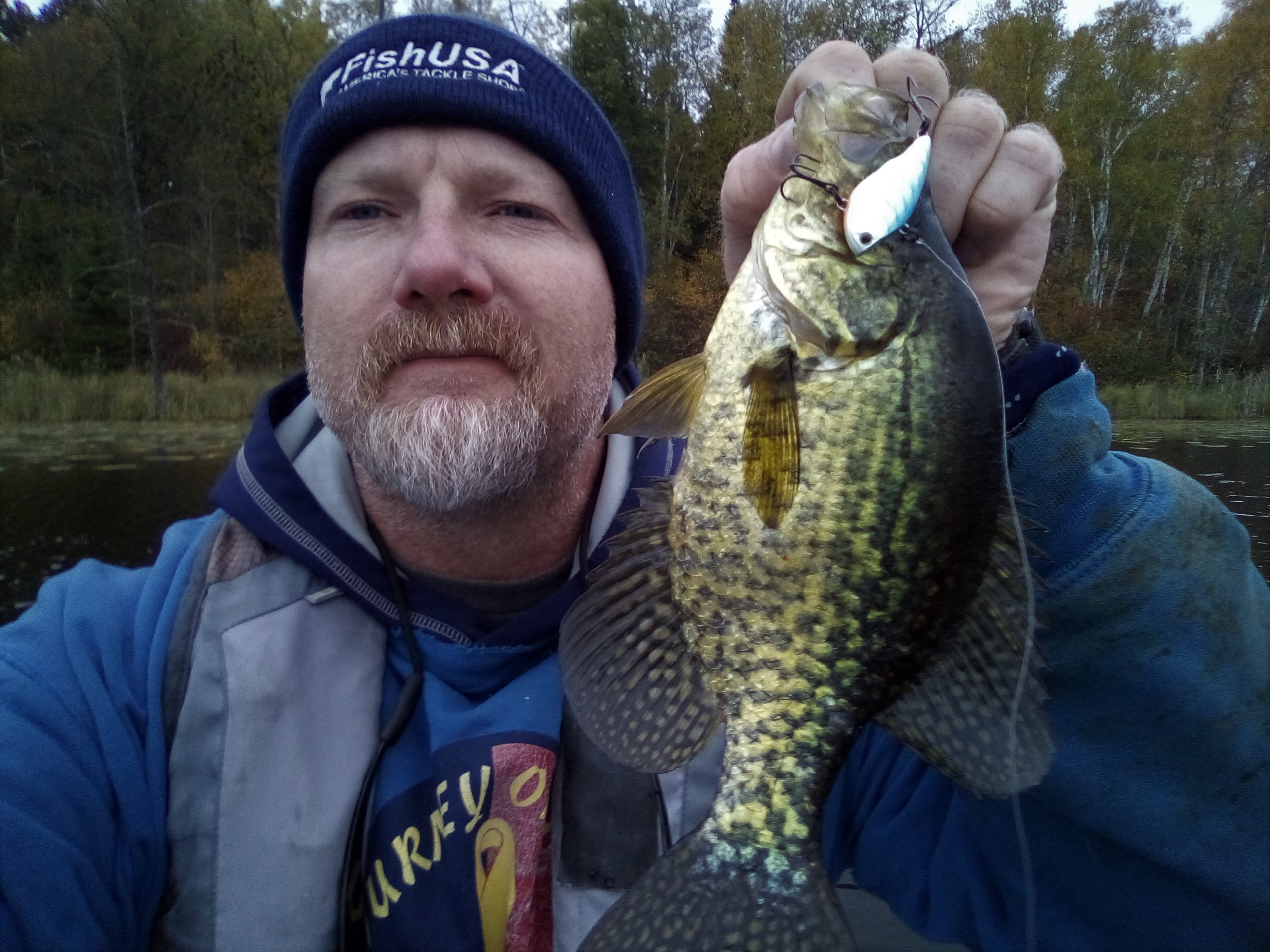 As we progress into fall, more and more people flock to the woods for their annual hunting rituals. However, fall can be an absolute bonanza for big fall crappies and perch as they start gorging in preparation for the upcoming leaner winter months ahead. It is during fall when slabs and bulls feed more heavily on minnows, which makes it the perfect time to fish with the Yo-Zuri Rattl’N Vibe Mini.
As we progress into fall, more and more people flock to the woods for their annual hunting rituals. However, fall can be an absolute bonanza for big fall crappies and perch as they start gorging in preparation for the upcoming leaner winter months ahead. It is during fall when slabs and bulls feed more heavily on minnows, which makes it the perfect time to fish with the Yo-Zuri Rattl’N Vibe Mini.
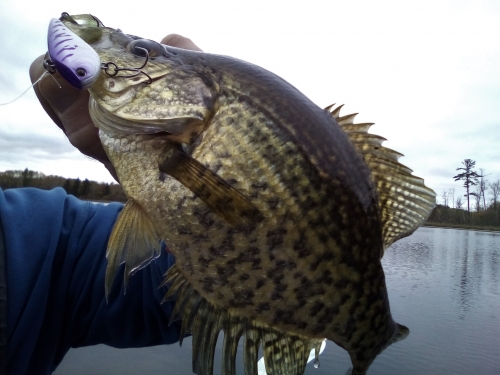
he Bait and Line
At 1 5/8” and 3/16 oz., the Yo-Zuri Rattl’N Vibe Mini is the ideal size for crappies and perch as it is a little bit smaller than the average size fathead that perch are feeding on and it is a little bit bigger than the average size crappie minnow that they use as their forage. The sleek upper half of this lure make it an appealing entrée or morsel to big bull perch and slab crappies. The UV patterns like UV Purple Tiger and UV Blue Tiger are great colors to use in tannic or dirty water on cloudy days, whereas the Blue Chrome or Black Silver are great options on clear bodies of water on sunny days. If your system has perch in it, then going with a Hot Perch, Hot Tiger, or Green Perch pattern could be a solid selection regardless of water clarity and how cloudy or sunny it is outside.
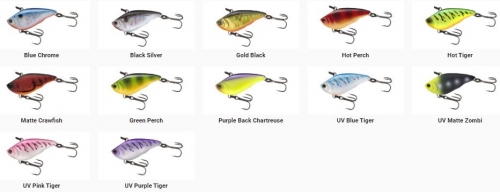
The preferred line that I like to go with is Yo-Zuri Hybrid 6 lb. test as it is always possible that predators like largemouth bass and northern pike will be accompanying the crappies and perch you are chasing. If you have a lot of northern pike in your system, which is fairly common on bluegill and crappie waters, then you may want to consider upgrading your like to Yo-Zuri SuperBraid 10 lb. or 20 lb. test as you can reduce the number of bite offs significantly with this high quality line while not compromising any action of the Rattl’N Vibe Mini.
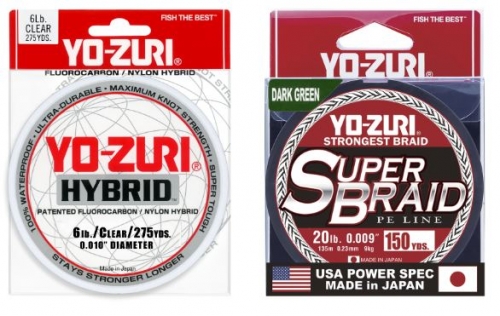 Weeds and Transitions
Weeds and Transitions
Once the water temps dip into the mid-50s, many of the crappies and perch that frequented lily pads and shallow cabbage begin moving out from these structures as these plant bases begin to die off due to cold. At this time, I look for the submerging weed line that often still has green weeds that drops into 12-15’ of water. After the submerging weed line is found, the Mini can be a great bait to cast, jig, or troll. My favorite method is to use my ice fishing poles and jigging over the side of my kayak when I have found the weed edge. I release the Mini to about 2-3 feet above the fish and then use 1-2’ lift and fall drops back to the original starting spot above the school. Usually, if there is an aggressive crappie in the area they will come rifling up through the water column, sometimes as much as 6’ to engulf the lure. If fish come up to the lure but do not bite it, then it may be time to make more subtle lift and falls along with just shaking the end of the rod tip. This shaking movement which gently elicits the rattles but does not move the bait in any direction can sometimes be a great option for reluctant biters. If the fish are still not cooperating as can be the case after very cold nights or during cold fronts, putting a 1-1.5” piece of nightcrawler, plastic grub, or half of a crappie minnow on the back hook of the Mini can coax those stubborn fish into biting.
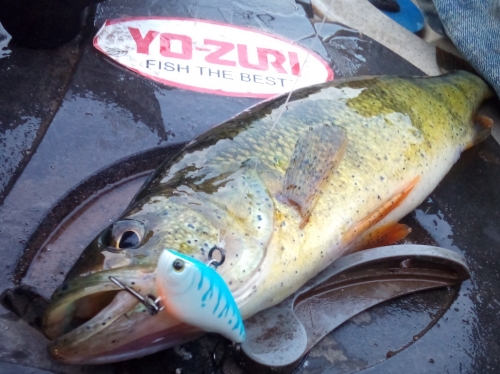
Conclusion
While the Yo-Zuri Rattl’N Vibe Mini is arguably one of my favorite lures to use year-round for everything from trout to walleyes and northern pike, it is during the fall that it really shines for large crappies and perch. If you are looking to up your game for large bulls and slabs in fall, stock up on the Minis as they could help you land some of your biggest perch of the entire year.
